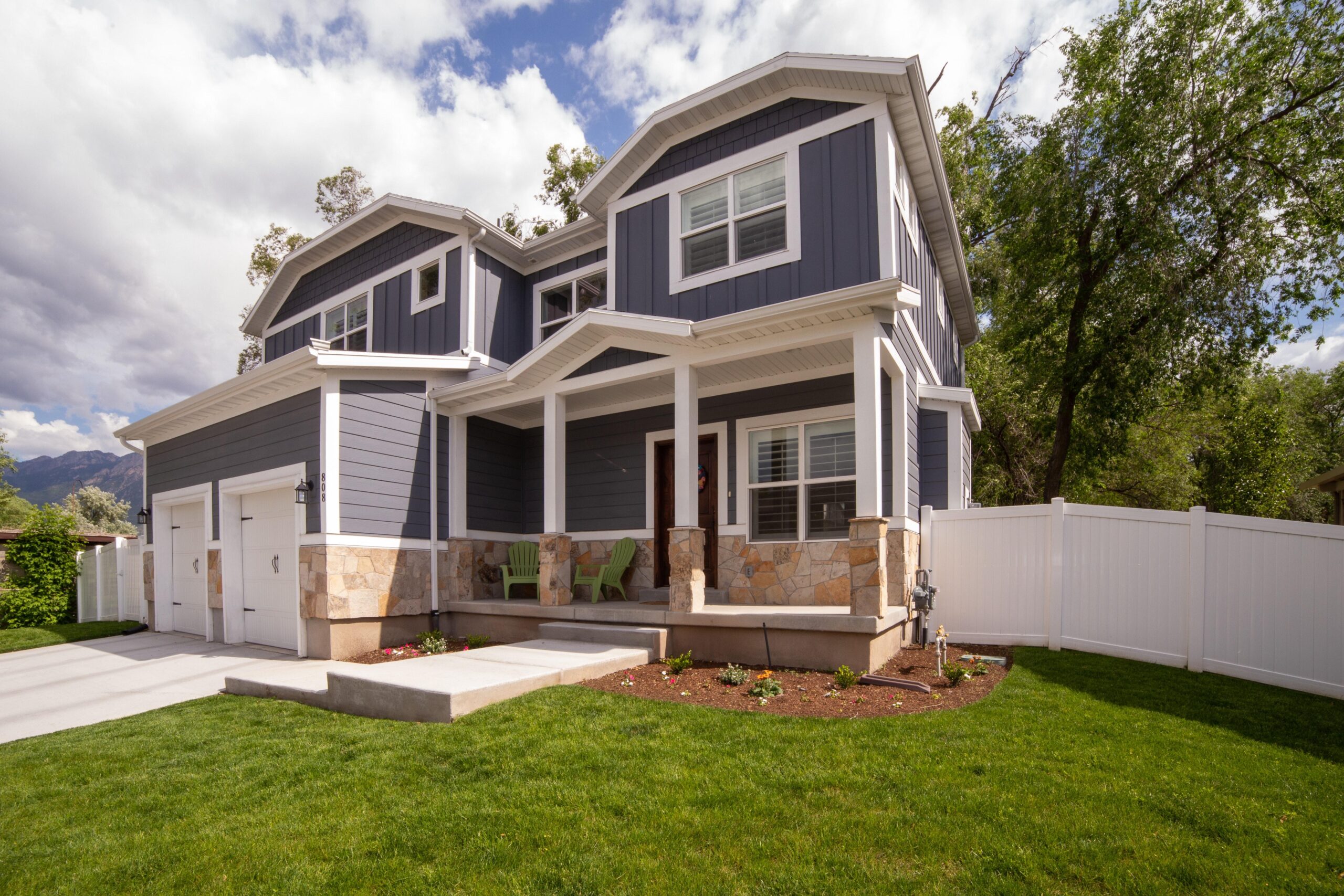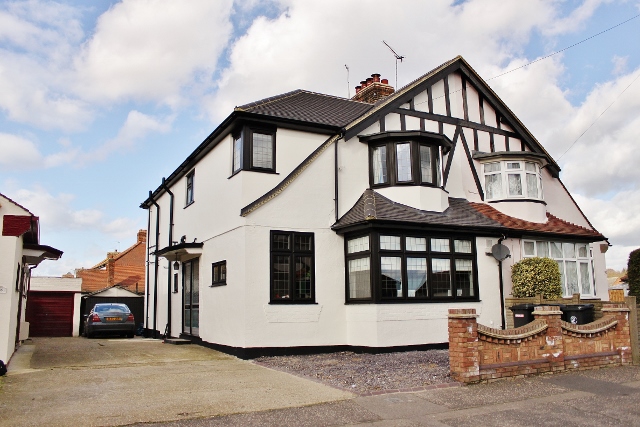Our world is three-dimensional or 3D, however when it comes to surveying a property, usually, the results are always shown on a two-dimensional scale which is usually sketched on a paper.
The 2D rendition of our environment and the property that is being surveyed is done through a topographical survey which is the 2D representation of the real happenings and events in the 3D world.
To help you learn more about the topographical survey, here are some of its characteristics that you have to know, considering that a topographical survey is varied upon the most common elements which always include contours, vegetation, and the physical attributes, and the utilities. To further know these elements, check out the rest of this post where you can also learn the benefits of a topographic survey.
- Contours– Usually, a contour line shows the peaks and the valleys of certain land. For example, if the property that is surveyed topographically has a significant slope on it, usually, the contour lines is shown on the sketch or the drawing which is used to represent every time there is a drop off a five vertical feet or a drop of three-feet up to one foot which can also be shown as well, usually, it is all based on the data which the land surveyor gets while surveying at the project site. The smaller the drop cumulatively, the more detailed the survey has become.
- Vegetation and physical attributes– If there are terrains such as streams, creeks, wooded areas in the property, it is identified by the land surveyor as the attributes of the area or the property. Usually, the surveyor can get the exact location of the trees, the bushes, boulders, rocks, and other terrains in the area to provide their clients an accurate visualization of the property’s attributes and vegetation.
- Utilities– This, on the other hand, is the visible improvement of the property which can be identified according to what is shown on the topographical survey. Usually, the overhead utility lines, electric boxes, street lights, and pipeline markers as well as other visible evidence which can be illustrated on the survey’s final results. These items can either be located underground or above ground which is marked by the surveyor.
The benefits of an accurate and detailed topographic survey is an effective way to reduce the risk of very costly downstream errors caused by the issues which were unforeseen because of the absence of a survey. If you are someone who is planning to purchase a property, a topographical survey is a method in revealing any information which usually is not visible from plain sight which also includes the changes which have done in the area over a duration of time.




